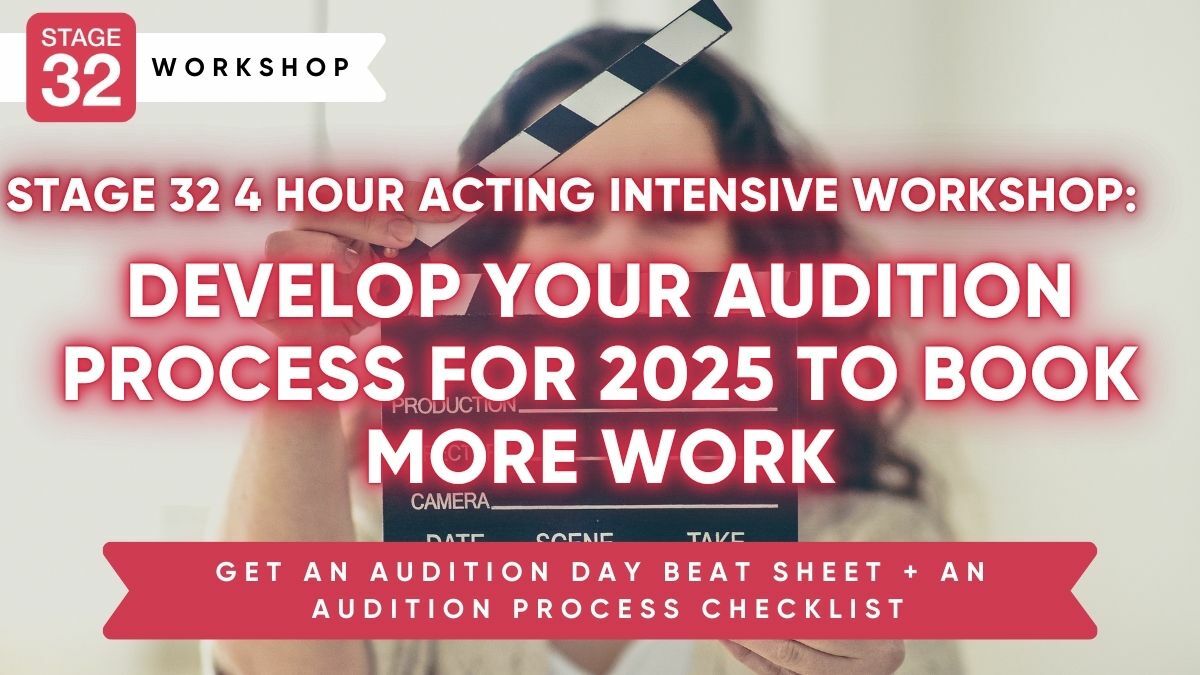Normally for a feature film, the music cues are sent to be approved by the director/music supervisor. After the cue is finalized, the composer turns the cue in, usually to the music editor. The music editor will then sync the cue to the film. After the entire score is completed, the music editor will sync all of the music cues to the movie. In the end, the director makes the final call. The composer, music editor, music supervisor can guide/persuade/console the director, but the director calls the shots. This is where communication is vital for the composer and director/post production team. If the composer can explain why he/she wrote the music like that in a non musical way, then perhaps the music would not be chopped or moved around, at least not as much. After all the music is synced, the mixer controls the sound in the entire film. Balancing it out to perfection. This include dialog/music/sound effects.



1 person likes this
Thank you for touching on communication!! The number one source of failure of a film score. On that note: Please make sure you let you composer know if you are working on Picture-Locked scenes or not. Any time you have a cue approved and need to change picture, it often can take a long time for a composer to re-jigger the music around to fit, and sometimes will call for a re-write, specially for re-approval. I would encourage all involved to be weary of scoring anything to an unlocked picture, it often wastes time and is better to use part of a suite or a temp score until the scene is locked. And UNLOCKING picture is a huge problem for everyone involved, make sure it is hyper critical that it needs to go back to film editing.
I just saw your comment Samuel, I completely agree, and thank you for elaborating. Working on an unlocked picture for a composer is quite the task, because even a few seconds matters when you are trying to sync music to hit points.